Country
Operator Image

Crash of a Beechcraft 1900C in Billings: 1 killed
Date & Time:
May 23, 2008 at 0124 LT
Registration:
N195GA
Survivors:
No
Schedule:
Billings - Great Falls
MSN:
UB-65
YOM:
1986
Flight number:
AIP5008
Crew on board:
1
Crew fatalities:
Pax on board:
0
Pax fatalities:
Other fatalities:
Total fatalities:
1
Captain / Total hours on type:
362.00
Aircraft flight hours:
34651
Circumstances:
About one minute after takeoff on a night Instrument Flight Rules (IFR) contract cargo flight, the tower controller advised the pilot that he was squawking the wrong transponder code. Although the pilot reset the transponder to the correct code, he was advised that he was still squawking the wrong code. He then realized that he had selected the wrong transponder, and then switched to the correct one. During the time the pilot was dealing with this issue, the airplane drifted about 30 degrees right of the assigned heading, but the pilot returned to the correct heading as he was contacting the departure controller. The departure controller cleared him to continue his climb and instructed him to turn left about 120 degrees, which he did. About 40 seconds after initiating his left turn of about 120 degrees, while climbing straight ahead through an altitude about 4,700 feet above ground level (AGL), the pilot was instructed to turn 20 degrees further left. Almost immediately thereafter, the airplane began turning to the right, and then suddenly entered a rapidly descending right turn. The airplane ultimately impacted the terrain in a nearly wings-level nose-down attitude of greater than 45 degrees. At the moment of impact the airplane was on a heading about 220 degrees to the right of the its last stabilized course. The investigation did not find any indication of an airframe, control system, or engine mechanical failure or malfunction that would have precluded normal flight, and no autopsy or toxicological information could be acquired due to the high amount of energy that was released when the airplane impacted the terrain. The determination of the initiating event that led to the uncontrolled descent into the terrain was not able to be determined.
Probable cause:
The pilot's failure to maintain aircraft control during the initial climb for undetermined reasons.
Final Report:
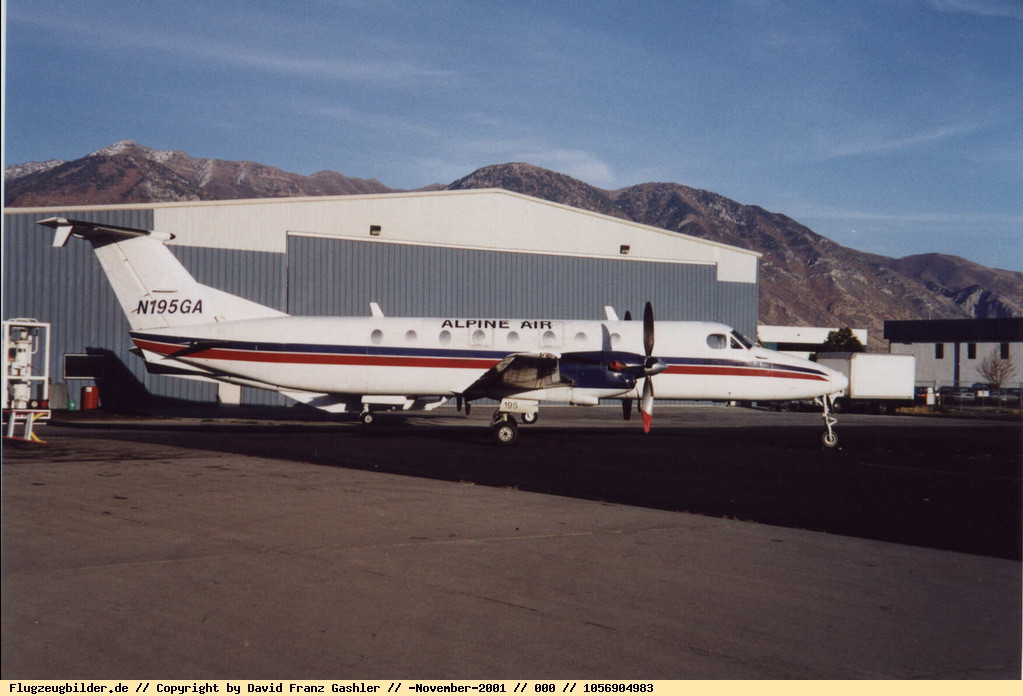
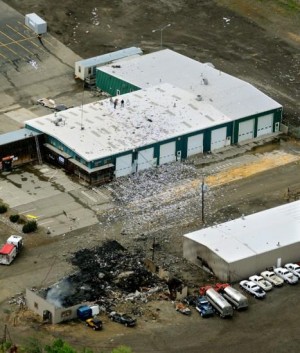
Crash of a Beechcraft 1900C in Lihue: 1 killed
Date & Time:
Jan 14, 2008 at 0508 LT
Registration:
N410UB
Survivors:
No
Schedule:
Honolulu - Lihue
MSN:
UC-070
YOM:
1989
Flight number:
AIP253
Crew on board:
1
Crew fatalities:
Pax on board:
0
Pax fatalities:
Other fatalities:
Total fatalities:
1
Captain / Total hours on type:
1480.00
Aircraft flight hours:
19123
Circumstances:
The pilot was flying a night, single-pilot, cargo flight over water between two islands. He had routine contact with air traffic control, and was advised by the controller to maintain 6,000 feet at 0501 hours when the airplane was 11 miles from the destination airport. Two minutes later the flight was cleared for a visual approach to follow a preceding Boeing 737 and advised to switch to the common traffic advisory frequency at the airport. The destination airport was equipped with an air traffic control tower but it was closed overnight. The accident flight's radar-derived flight path showed that the pilot altered his flight course to the west, most likely for spacing from the airplane ahead, and descended into the water as he began a turn back toward the airport. The majority of the wreckage sank in 4,800 feet of water and was not recovered, so examinations and testing could not be performed. As a result, the functionality of the altitude and attitude instruments in the cockpit could not be determined. A performance study showed, however, that the airspeed, pitch, rates of descent, and bank angles of the airplane during the approach were within expected normal ranges, and the pilot did not make any transmissions during the approach that indicated he was having any problems. In fact, another cargo flight crew that landed just prior to the accident airplane and an airport employee reported that the pilot transmitted that he was landing on the active runway, and was 7 miles from landing. Radar data showed that when the airplane was 6.5 miles from the airport, at the location of the last recorded radar return, the radar target's mode C altitude report showed an altitude of minus 100 feet mean sea level. The pilot most likely descended into the ocean because he became spatially disoriented. Although visual meteorological conditions prevailed, no natural horizon and few external visual references were available during the visual approach. This increased the importance of monitoring flight instruments to maintain awareness of the airplane attitude and altitude. The pilot's tasks during the approach, however, included maintaining visual separation from the airplane ahead and lining up with the destination runway. These tasks required visual attention outside the cockpit. These competing tasks probably created shifting visual frames of reference, left the pilot vulnerable to common visual and vestibular illusions, and reduced his awareness of the airplane's attitude, altitude and trajectory.
Probable cause:
The pilot's spatial disorientation and loss of situational awareness. Contributing to the accident were the dark night and the task requirements of simultaneously monitoring the cockpit instruments and the other airplane.
Final Report:
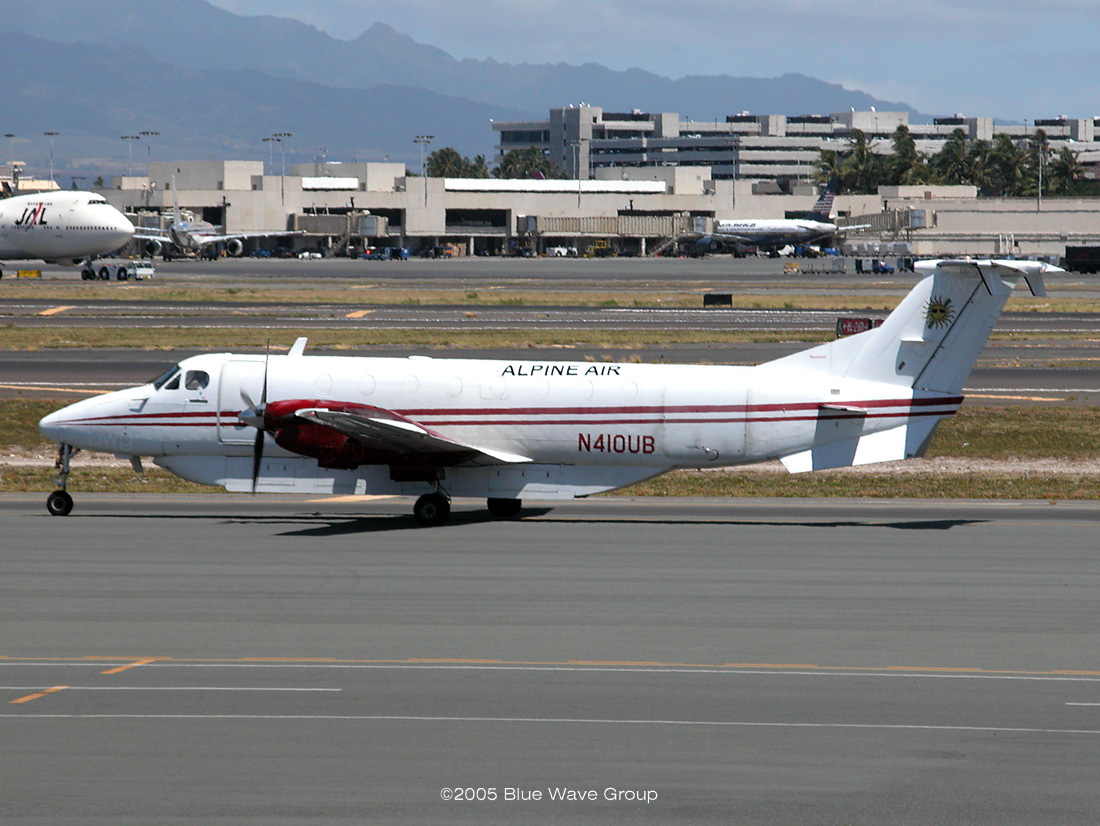
Crash of a Beechcraft 99 in Rapid City
Date & Time:
Dec 29, 2006 at 0200 LT
Registration:
N99TH
Survivors:
Yes
Schedule:
Pierre - Rapid City
MSN:
U-155
YOM:
1974
Flight number:
AIP408
Crew on board:
1
Crew fatalities:
Pax on board:
0
Pax fatalities:
Other fatalities:
Total fatalities:
0
Captain / Total hours on type:
3069.00
Aircraft flight hours:
39795
Circumstances:
The airplane was on an instrument flight rules flight in night instrument meteorological conditions when the accident occurred. The airplane had been cleared for an ILS approach and the pilot elected to use a non-published procedure to intercept the final approach. After becoming established on the final approach, the airplane impacted the ground about 7 miles from the destination airport at an elevation approximately the same as the airport elevation. Flight inspections of the instrument approach performed prior to and subsequent to the accident revealed satisfactory performance of both the localizer and glideslope functions. The number one altimeter setting did not match the altimeter setting that was current at the time of the accident. Post accident examination of the altimeters revealed that the number one altimeter read 360 feet high. No determination was made as to whether the discrepancy existed prior to impact. However, the pilot did not report any pre-flight discrepancies with regard to the airplane's altimeters. No other anomalies were found or reported with regard to the airplane's structure or systems.
Probable cause:
The pilot's failure to follow the published instrument approach procedure which contributed to his failure to maintain altitude and clearance from terrain during the instrument approach. A factor was the night light condition.
Final Report:
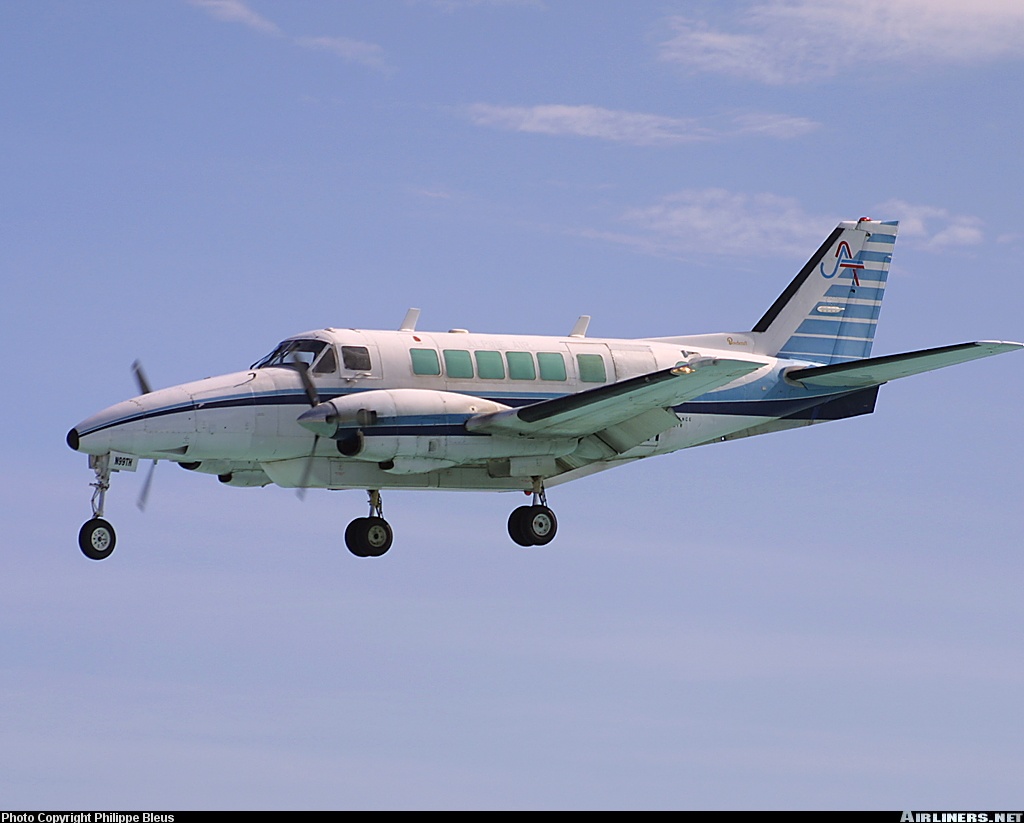
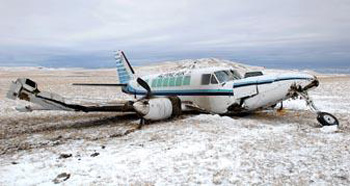
Crash of a Beechcraft 99 Airliner on Mt Big Baldy: 2 killed
Date & Time:
Aug 17, 2004 at 2340 LT
Registration:
N199GL
Survivors:
No
Schedule:
Billings – Kalispell
MSN:
U-15
YOM:
1968
Flight number:
AIP5071
Crew on board:
2
Crew fatalities:
Pax on board:
0
Pax fatalities:
Other fatalities:
Total fatalities:
2
Captain / Total hours on type:
3000.00
Aircraft flight hours:
40521
Circumstances:
While on the return leg of a non-scheduled 14 CFR Part 135 VFR cross-country flight, the airplane collided with mountainous terrain at approximately 9,100 feet above mean sea level. Prior to the accident, the pilot informed air traffic control that he was VFR and level at 8,500 feet MSL. Dark night conditions prevailed at the time of the accident. The aircraft crashed on the south-facing slope of the 9,100-foot mountain near the last recorded radar position. Wreckage and impact signatures at the crash site were indicative of high energy and shallow impact with the terrain. The investigation revealed no evidence of any aircraft mechanical problems.
Probable cause:
The pilot's failure to maintain adequate terrain clearance during cruise, which resulted in the in-flight collision with mountainous terrain. Dark night conditions and mountainous terrain were contributing factors.
Final Report:
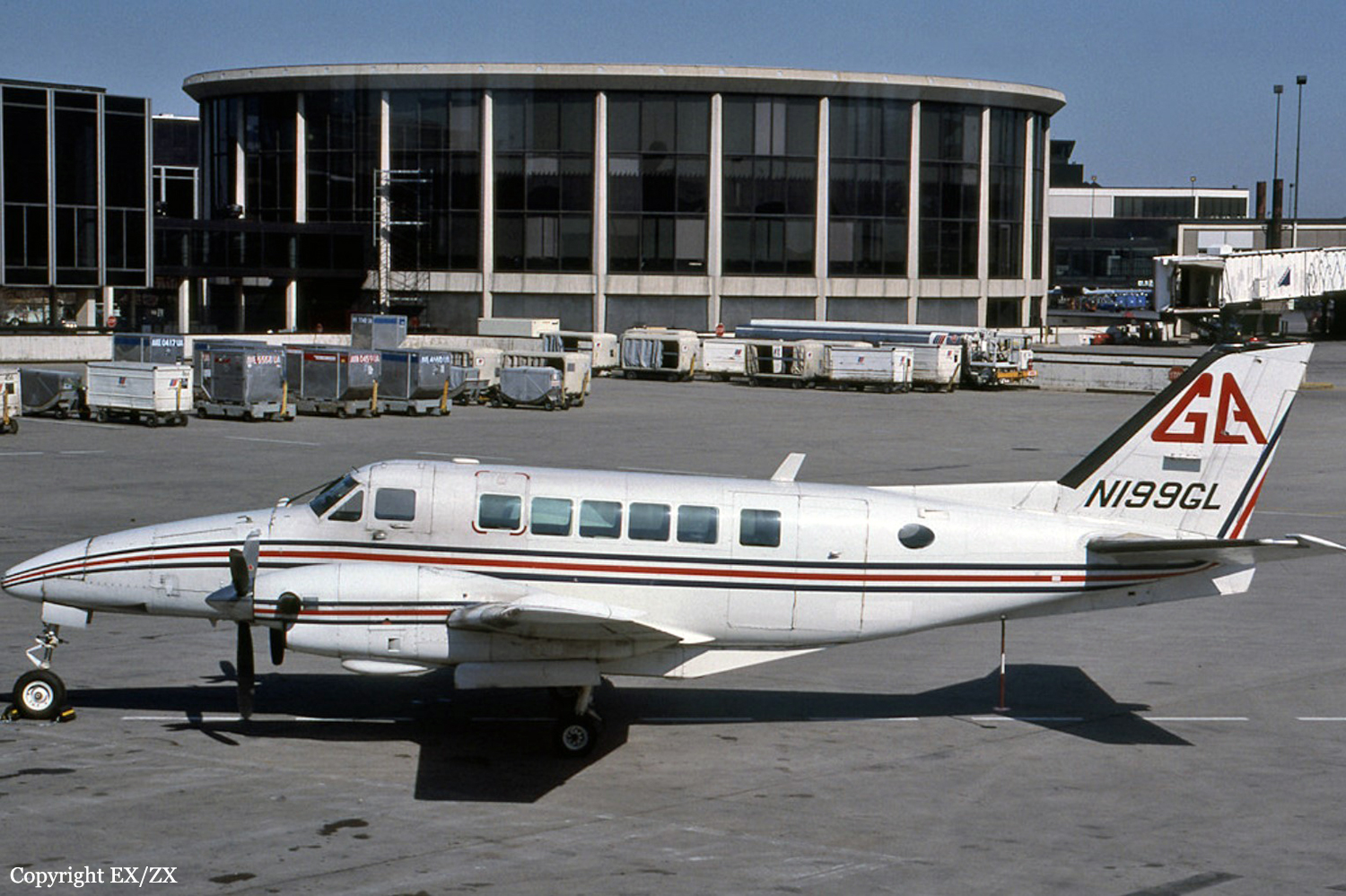
Crash of a Beechcraft 99A Airliner in Missoula
Date & Time:
Oct 17, 1998 at 0230 LT
Registration:
N299GL
Survivors:
Yes
Schedule:
Billings - Missoula
MSN:
U-102
YOM:
1969
Flight number:
AIP5010
Crew on board:
2
Crew fatalities:
Pax on board:
0
Pax fatalities:
Other fatalities:
Total fatalities:
0
Captain / Total hours on type:
667.00
Aircraft flight hours:
39685
Circumstances:
While flying a night visual approach, the co-pilot flared too high above the runway. As the aircraft floated down the runway, the speed decreased, and the pilot-in-command took control. Because he felt the aircraft was approaching a stall, he initiated a go-around. During the attempted go-around, the pilot-in-command found it necessary to keep both hands on the control wheel due to the fact that the aircraft had been trimmed to the full nose-up position during the landing flare. Even with both hands on the control wheel, the aircraft became very difficult to control. Although the co-pilot moved the throttles to maximum power and began retraction of the flaps, the pilot-in-command's remedial action had occurred too late to successfully execute the go-around. It was later discovered that during the operator's initial training, both crew members had been taught to apply full nose-up trim after crossing the runway threshold and reducing the power to idle. This action, which the operator eliminated from the landing sequence procedure after this accident, was inconsistent with the instructions in the Beech 99 Pilots Operating Manual.
Probable cause:
The pilot-in-command's delayed remedial action in response to the co-pilot's improper landing flare, and the co-pilot's application of excessive (full nose-up) trim during the landing flare as taught in the operator's initial aircrew training program. Factors include the co-pilot's improper flare and his lack of total experience in this type of aircraft.
Final Report:
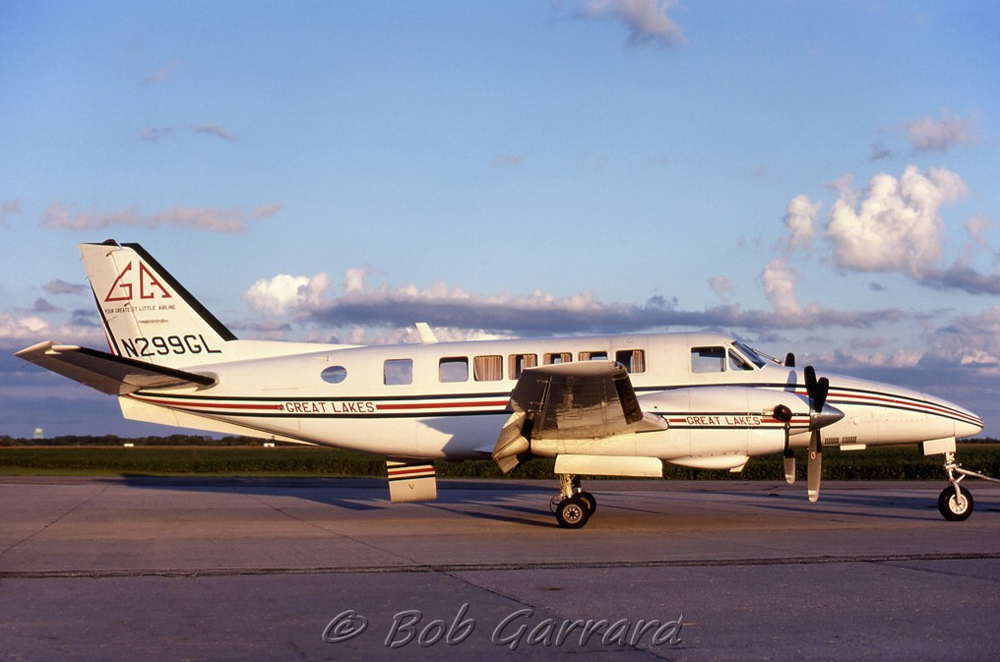
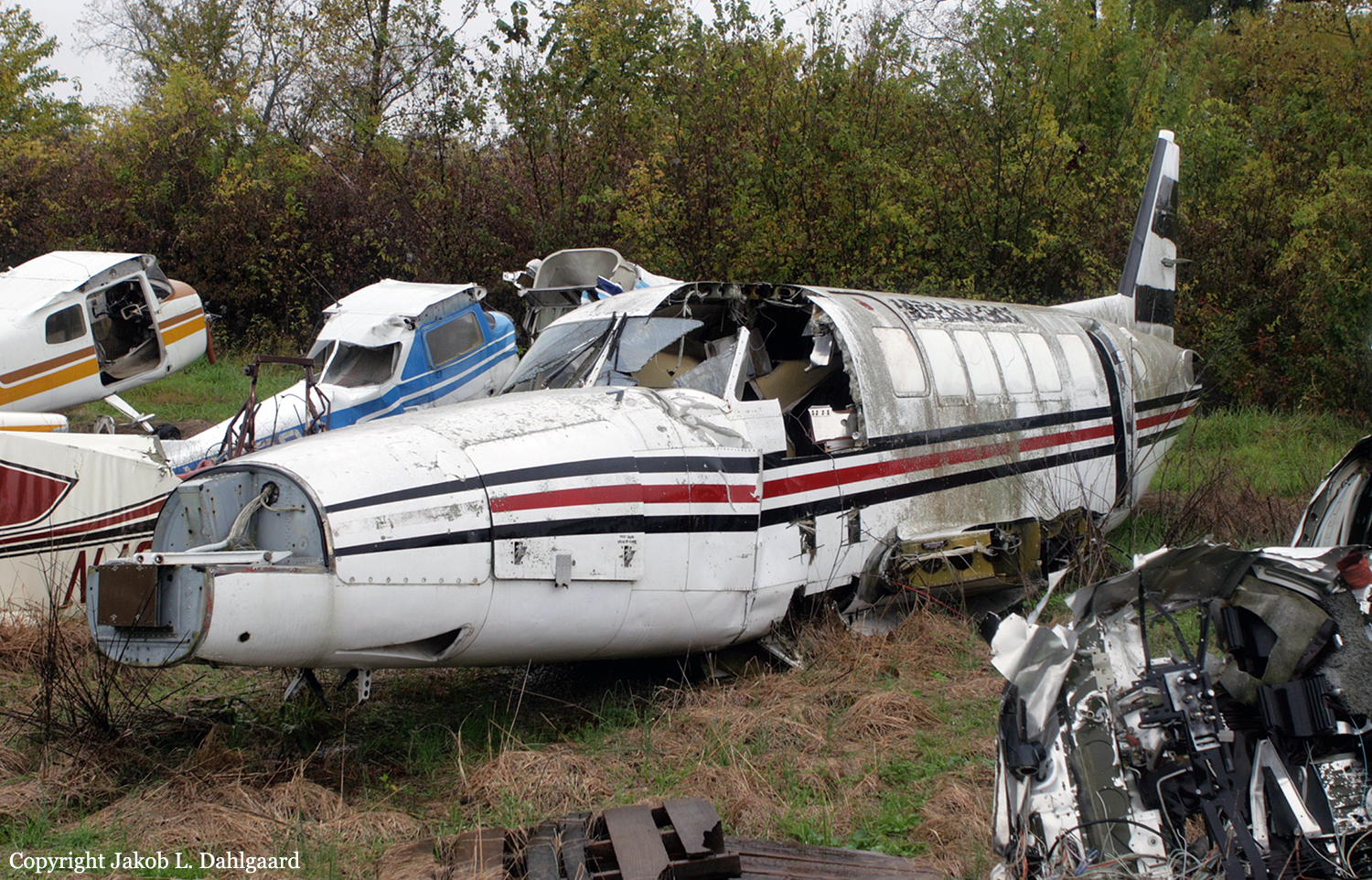
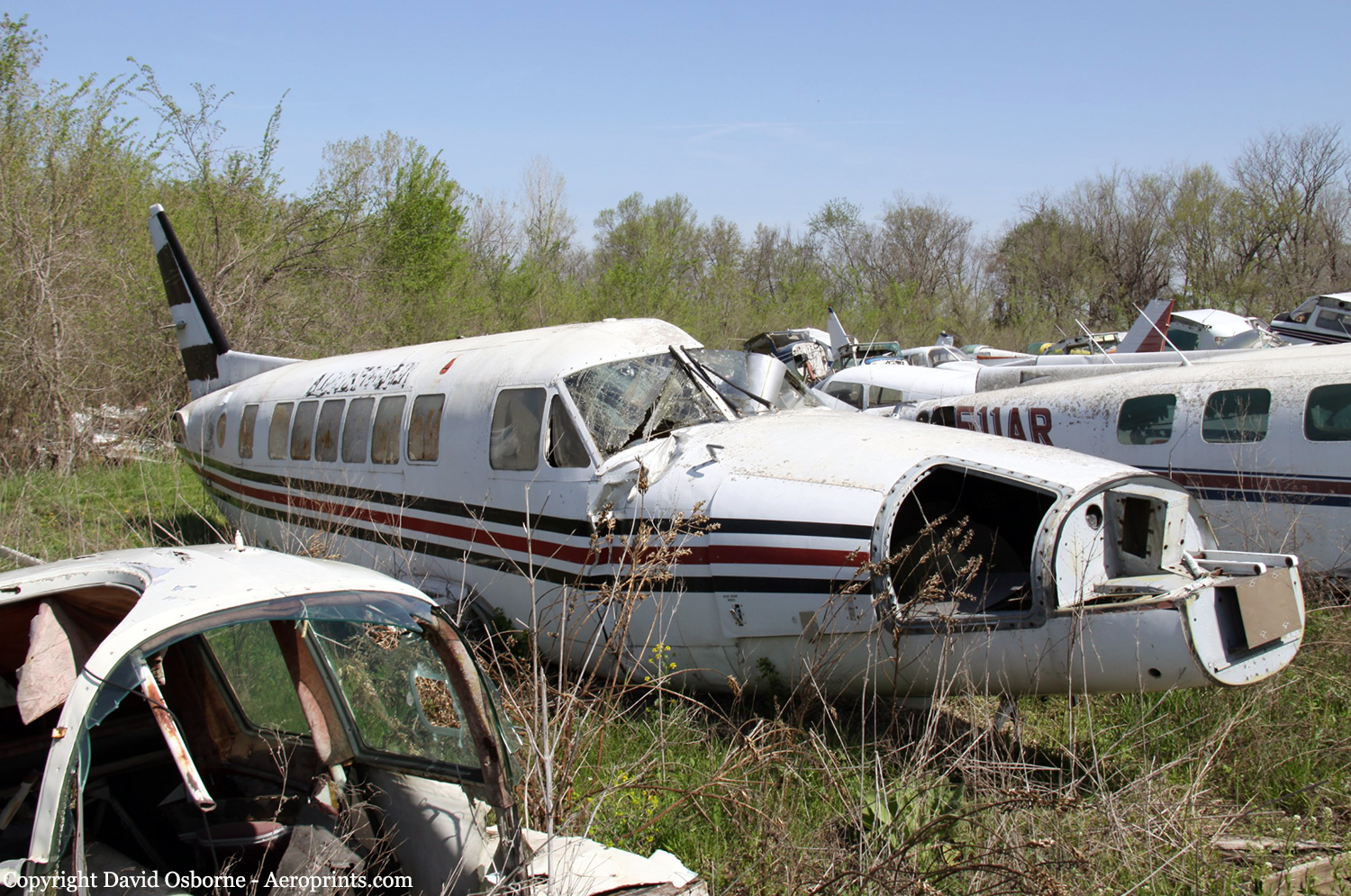
Crash of a Piper PA-42 Cheyenne III in Grand Junction: 3 killed
Date & Time:
Oct 31, 1992 at 0815 LT
Registration:
N250TJ
Survivors:
No
Schedule:
Moab - Grand Junction
MSN:
42-8001024
YOM:
1980
Crew on board:
1
Crew fatalities:
Pax on board:
2
Pax fatalities:
Other fatalities:
Total fatalities:
3
Aircraft flight hours:
4784
Circumstances:
The commuter air carrier departed Moab, Utah, and flew to Grand Junction, CO, via rnav direct Macks intersection. After crossing macks intersection, the airplane turned right but instead of intercepting the localizer course, the airplane continued on a slightly divergent track to the east of the localizer. The pilot told control tower personnel, 'I'm showing twelve miles out on the ILS...getting real...erroneous signal, here. Any complaints?' the pilot was advised no difficulty reports had been received. The airplane impacted a mesa one minute later about five miles to the left of the localizer course. The cockpit was destroyed and no meaningful information was obtained from the navigational radios. All of the airport's navigational aids were later flight checked and no discrepancies were found. Although Vmc prevailed at the airport, the accident site was above the reported ceiling height. All three occupants were killed.
Probable cause:
Improper ifr procedure and resultant disorientation which resulted in a collision with terrain.
Final Report:
